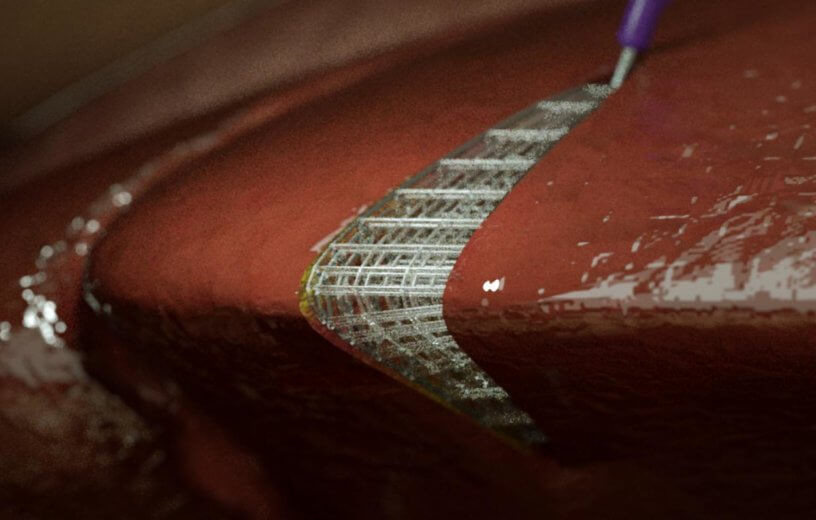LOS ANGELES — The world of 3D printing has come so far that scientists can actually produce biological products like bone, skin and blood vessels. Of course, there are numerous safety risks involved in using 3D-printed body parts in human patients. There is progress on that front, though. Scientists have developed a method for printing body parts that will make procedures involving 3D-printed tissues much safer.
Typically, when scientists print tissues, they transplant them into their patients after being printed. Thanks to a research team led by researchers at the Terasaki Institute, tissues can now be printed directly into a patient’s body.
Risks from transplantation of 3D-printed tissue
The current method of printing tissues outside the body presents the possibility of surgical complications and infections post-surgery. Large incisions need to be made to replace the old tissue with the printed tissue. This also leads to longer recovery times after surgery. Moreover, there is usually a delay between the printing of the tissue and the transplant surgery, which can cause further complications.
The technology developed by the LA-based Terasaki team uses basic tissue engineering principles. Printed tissues are made of a “bio-ink” that gives a framework material for living cells to use to grow into new tissue. The team created a special bio-ink formulation that can be placed directly in the body.
“This bio-ink formulation is 3D printable at physiological temperature, and can be crosslinked safely using visible light inside the body.” says first author Ali Asghari Adib, Ph.D, in a media release.
Like squeezing icing onto a cake
Researchers also created a groundbreaking 3D-printing nozzle and an “interlocking” printing technique to use with their bio-ink. Bio-ink can be squeezed through the nozzle of the printer like cake icing is squeezed through a tube. The nozzle also punctures the tissue it’s about to print on so some bio-ink can fill the gaps the nozzle created and serve as an anchor for the 3D-printed tissue
“The interlocking mechanism enables stronger attachments of the scaffolds to the soft tissue substrate inside the patient body,” adds Asghari Adib.
This technology brings major advancements to the field of tissue engineering and will hopefully provide significant improvements to procedures involving 3D-printed tissues.
“Developing personalized tissues that can address various injuries and ailments is very important for the future of medicine,” concludes senior author Ali Khademhosseini, PhD. “The work presented here addresses an important challenge in making these tissues, as it enables us to deliver the right cells and materials directly to the defect in the operating room.”
The study is published in IOP Science.
Like studies? Follow us on Facebook!
